We may earn money or products from the companies mentioned in this post. This means if you click on the link and purchase the item, I will receive a small commission at no extra cost to you ... you're just helping re-supply our family's travel fund.
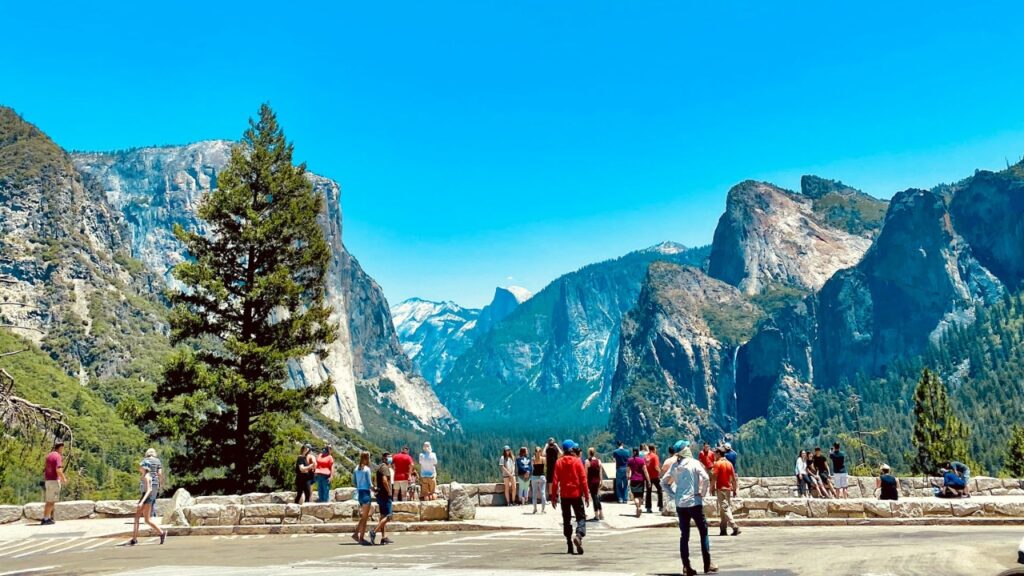
You have seen the headlines and the heated comment threads. Canadian visits to Yosemite are down this year, and the reasons are tangled: shifting border mood, cost, and confusion about reservations. What this means for you is simple. With clear facts and smart timing, you can still have the valley you imagined, with fewer lines and more sky. Read this as a practical field guide that separates rumor from reality and turns a noisy news cycle into better trip planning.
1. What The Numbers Actually Say
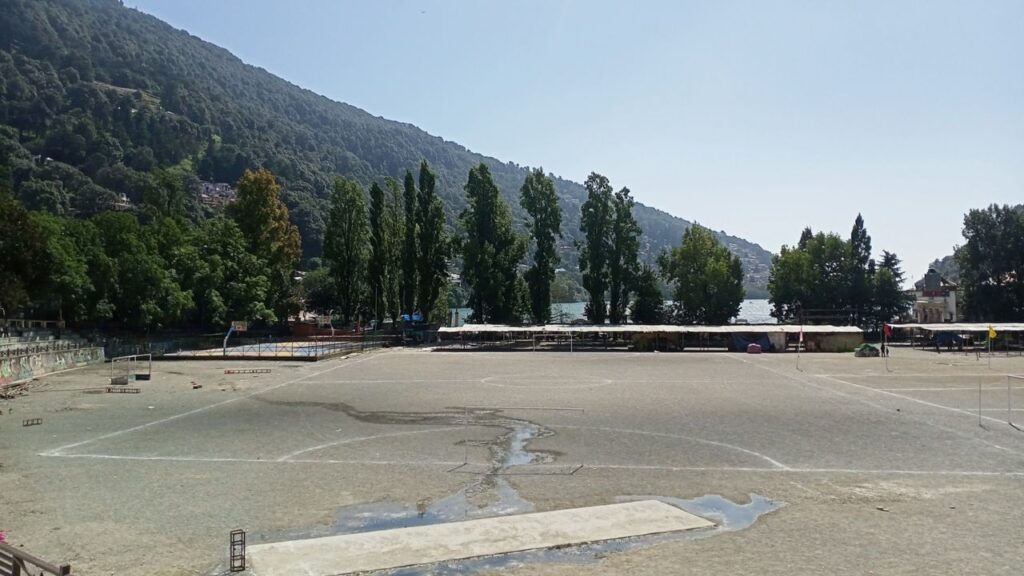
Canadian travel to the United States has fallen month after month. Statistics Canada reports July car returns down 36.9 percent year over year, with air visits also sharply lower. For Yosemite that means fewer Canadians in peak weeks, which softens parking pressure, eases midweek lodging hunts, and opens space at classic lookouts. Crowds do not vanish, but the tone changes. Plan like a pro, then enjoy the benefits that a quieter cross-border season creates.
2. The Domestic Pull Of Canada’s Own Parks
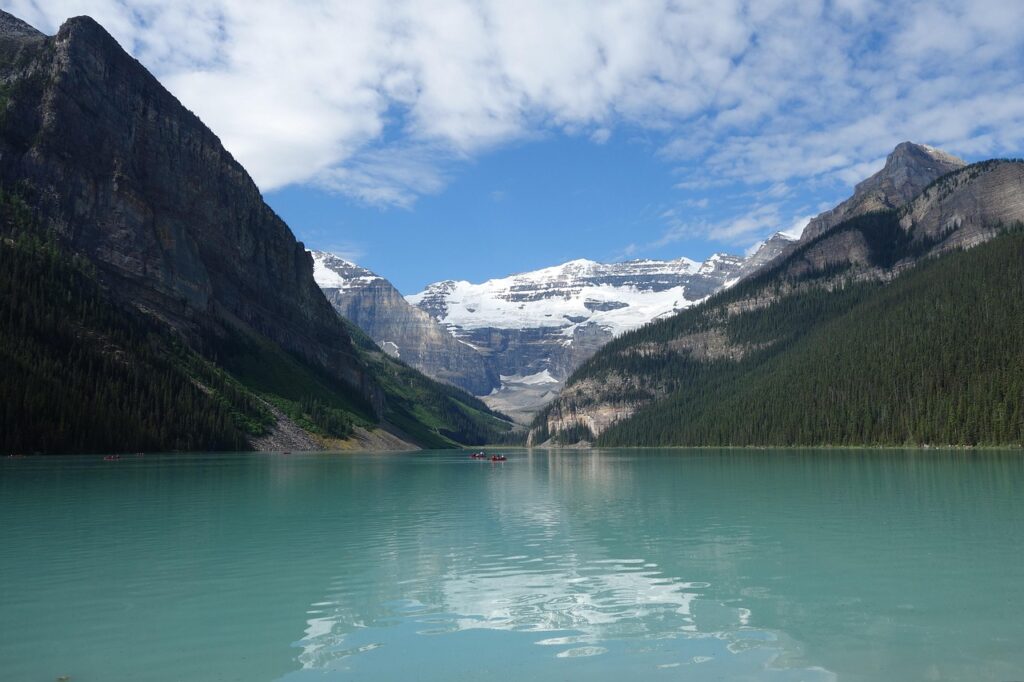
A strong pull at home is real. The Canada Strong Pass gives free admission to Parks Canada sites and discounts on camping from June 20 to Sept. 2, making Banff or Jasper an easy yes for summer breaks. When Canadians stay home, pressure on Yosemite loosens a touch. You gain better guide availability, more flexible tour slots, and a cleaner shot at last-minute rooms if you travel midweek and keep an eye on gateway towns.
3. Costs, Currency, And Simple Fixes

Price matters. A softer Canadian dollar against the U.S. dollar lifts every line of the trip budget, from rental cars to sandwiches in the valley. If you are coming anyway, lock fares early, compare Sacramento, Oakland, and Fresno, book a fuel-efficient car, and consider a base outside the park for multi-night stays. Self-cater a few meals, travel midweek, and watch for fee-free dates. Small choices add up without cutting into the experience you want.
4. Crowding: Perception Versus The Current Reality
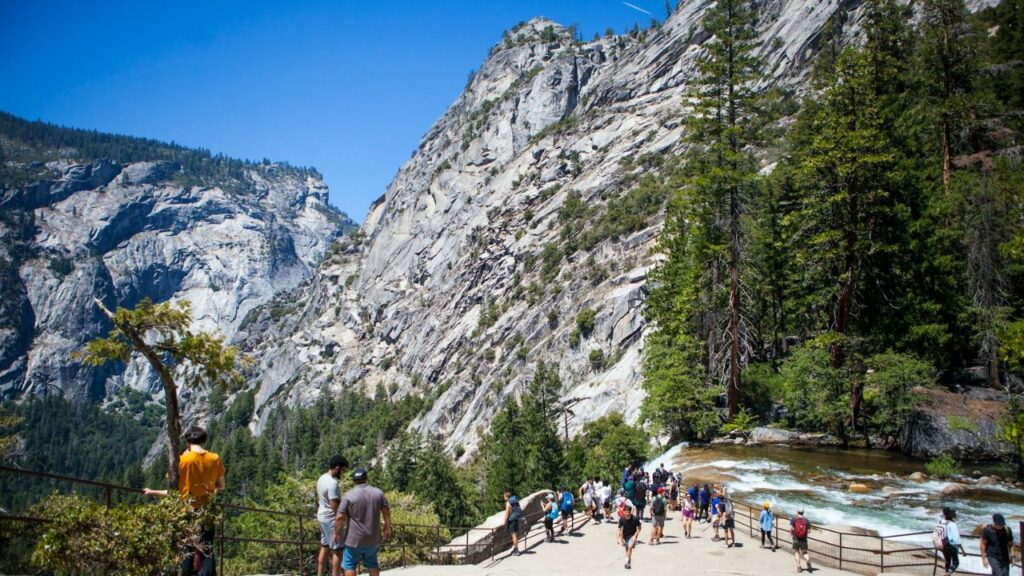
Crowding headlines travel fast, yet on the ground 2025 feels more forgiving than last summer. Local businesses report shorter waits at gates and easier movement in the valley. You still need strategy at Tunnel View and in Yosemite Village at midday. Enter early, nap or swim at lunch, then return for late light. When you treat noon as intermission, the park rewards you with quieter hours and long, clean views as the granite turns copper.
5. Timed Entry Rules You Can Use To Your Advantage

Timed entry is lean and predictable. In 2025 you need a peak-hours reservation to drive in between 6 a.m. and 2 p.m. daily from June 15 to Aug. 15, plus Memorial Day and Labor Day weekends. Enter before 6 a.m. or after 2 p.m. to skip the permit, or ride YARTS. Lodging, campground, and in-park tour bookings include access. Plan dawn visits for views, not paperwork, and reduce stress by keeping screenshot copies of your permits.
6. Forums And Comment Threads Can Skew Your View

Forum threads can amplify worst-case takes. A single alarmist comment about shutdowns or chaos can drown out current reports from rangers and local guides. Use forums to gather tips, then cross-check with Yosemite’s official page, local news, and your lodging host. Decide based on your tolerance for early starts, bus rides, and flexible lunches, not on one viral rant. When you replace noise with verified details, planning gets calmer and your days get lighter.
7. Mining And Logging: What’s True For Parks vs Forests
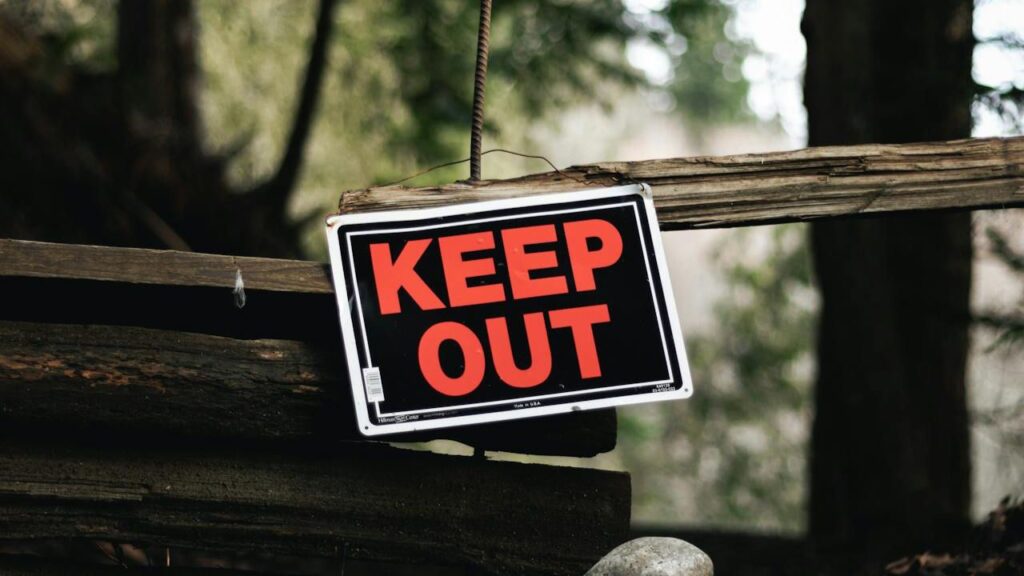
Ignore claims that parks will be logged or mined next season. While new mining claims are not allowed in national parks, over 1,000 existing valid mining claims remain within national park units nationwide. However, these are heavily regulated and actual extraction is rare. Resource extraction in parks requires extensive environmental review.